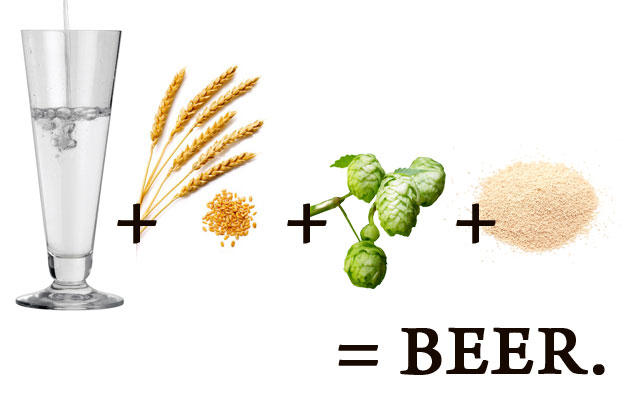
 What is beer?
What is beer?
Simply put, beer is fermented, hop flavored, malt sugared, liquid. The three basic ingredients of beer are malt, hops, and yeast added to water. The major variation in beer is the type of yeast used to ferment the product.
Water comprises more than 90% of beer. In the past, the mineral content of water influenced greatly the flavor of the final beer and was specific to the region of the earth from which it came. Today, almost any water can be chemically adjusted to create the exact style of beer desired, although pure water supplies are still prized greatly.
Barley
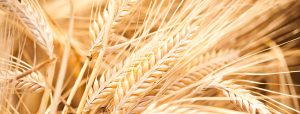
Barley is a basic cereal grain not particularly good for milling into flour and making bread or bakery goods. But it is great for beer. There are three major types of barley. These are differentiated by the number of seeds at the top of the stalk. Barley seeds grow in two, four and six rows along the central stem. European brewers traditionally prefer the two-row barley because it malts best and has a higher starch/husk ratio than four or six-row barley. Brewers in the US traditionally prefer six-row barley because it is more economical to grow and has a higher concentration of enzymes needed to convert the starch in the grain into sugar and other fermentables.
Malting: Barley must be malted before being used to brew beer. Malting is a process of bringing grain to its highest point of possible soluble starch content by allowing it to sprout roots (germinate) and take the first step to becoming a normal, photosynthesizing plant. It is at this point that the seed is rich in the starch it needs to use as food for growth. Then, the maltster heats the grain to a temperature that stops the growth process but allows a natural enzyme, diastase, (which converts starch into sugar or maltose) to remain active.
It is this sugar or maltose that the yeast metabolizes into carbon dioxide and ethyl alcohol. Some of the malted barley is or can be heated at a higher temperature to roast it. The roasted malted barley no longer has the active enzymes needed to turn the starch into sugars, but does impart characteristics that add flavor to the beer. The degree of roasting determines the color of the beer and the greatest roasted malted barley will impart its roasted flavor to the beer.
Hops
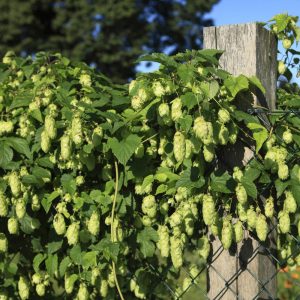
Hops (humulus lupulus) are a flowering vine whose flowers are used as a preservative and for their essential oils that add flavor (bittering hops) and aroma (aroma hops) to balance the sweetness of the malt. Usually dried before use, the bitter flavor of the hop is extracted during the boil. The aroma is provided by aroma hops whose essential oils provide the aroma. Each variety of hops has its own distinct flavoraroma profile.
Yeast
Yeast are unicellular fungi. Yeast is the most essential, yet least understood aspect of brewing beer. Since the 1850s, it has been scrutinized by such famous scientists as Pasteur, Guy-Lussac, and van Leeuwenhoek. Most brewing yeast belongs to the genus Saccharomyces.
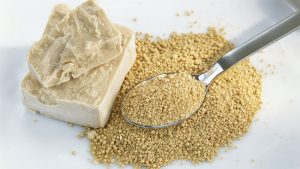
The yeast are there to convert the sugars in the wort into alcohol. The first stage of this process is called the “lag” phase, marked by the breaking of proteins into their constituent amino acids. The ferment then enters the “respiration” phase, where the yeast absorbs oxygen and reduces the pH of the wort, so that it becomes acidic and anaerobic. The yeast breaks down the glucose sugars into carbon dioxide, water, and pyruvic acid. Pyruvic acid later becomes alcohol. Yeast cannot ferment all sugars, which is why beer still has a sweet taste at the end of the ferment. The strain of yeast will impart its own flavor although malt and hops are the main flavor components. Yeast that adds little in the way of flavors are usually described as having a “clean taste”. Yeast produce three metabolic by-products that affect beer taste: phenols – spicy or clove like taste or medicinal taste; esters – a fruity taste; Diacetyls – a butterscotch or “woody” taste. The presence of any of these flavor components depend largely on the style of beer being brewed. Much depends on individual palates and the effect the brewer is aiming for.
Ale yeast ferment at the “top” of the fermentation vessel, at a higher temperature than lager yeast and work quicker. (Ale at 60°-75°F) Ale yeast are Saccharomyces cerevisiae. The average fermentation for ale yeast is 7-8 days. Ale yeast produce by-products of fermentation called esters, the “flowery” aromas of apple, pear, pineapple, grass, hay, plum, and prune that are characteristic of ale.
Lager, (lagern) the German word for “to store”, is an excellent description of a beer kept in a cold dark place for 30 days or more. Lager yeast are Saccharomyces uvarum, formerly carlsbergerensis for the place where it was discovered, the lab at the Carlsberg brewery in Denmark. Lager yeast work best at a temperature around 34°F, ferments at the “bottom” of the fermenting vessel and works slowly. Lager yeast produce fewer aromatics than ale yeast and, as a result of the lack of esters, allows the aroma of the hop to be prominent, complementing the sweet flavor of the malt.
Some beer styles are “spiced” with ingredients such as coriander, curacao, all-spice and others.
Adjuncts, other ingredients such as rice or corn, can be used to “extend” the ingredients imparting a “clean” to “no taste” and providing the beer with longer shelf life.

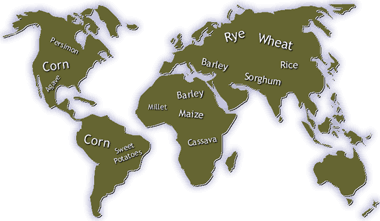 What is beer?
What is beer?
























